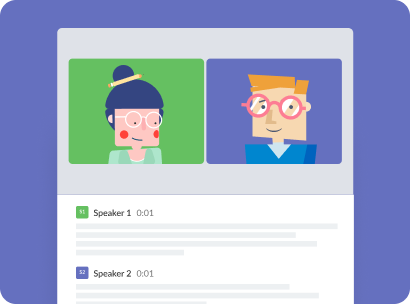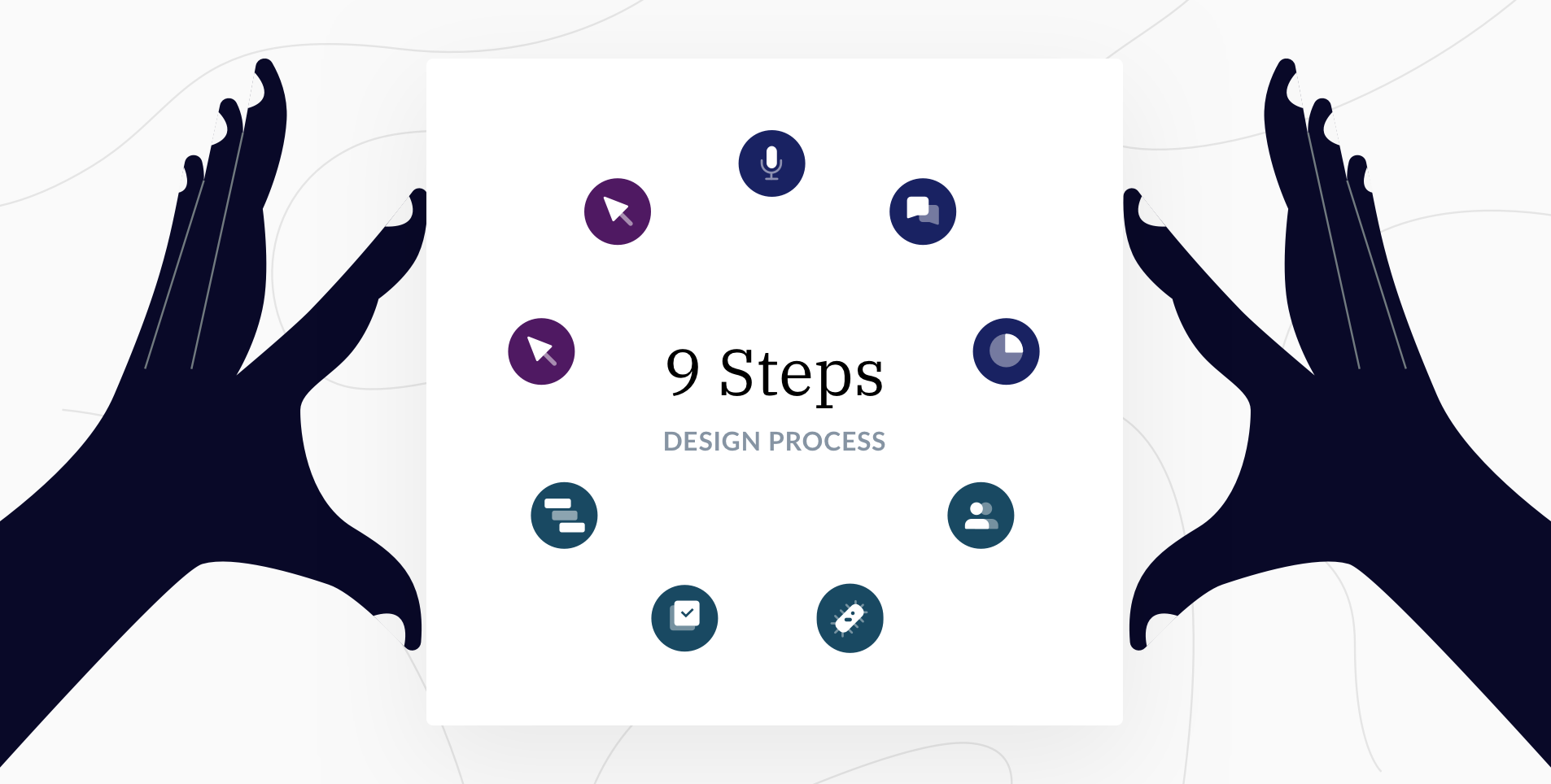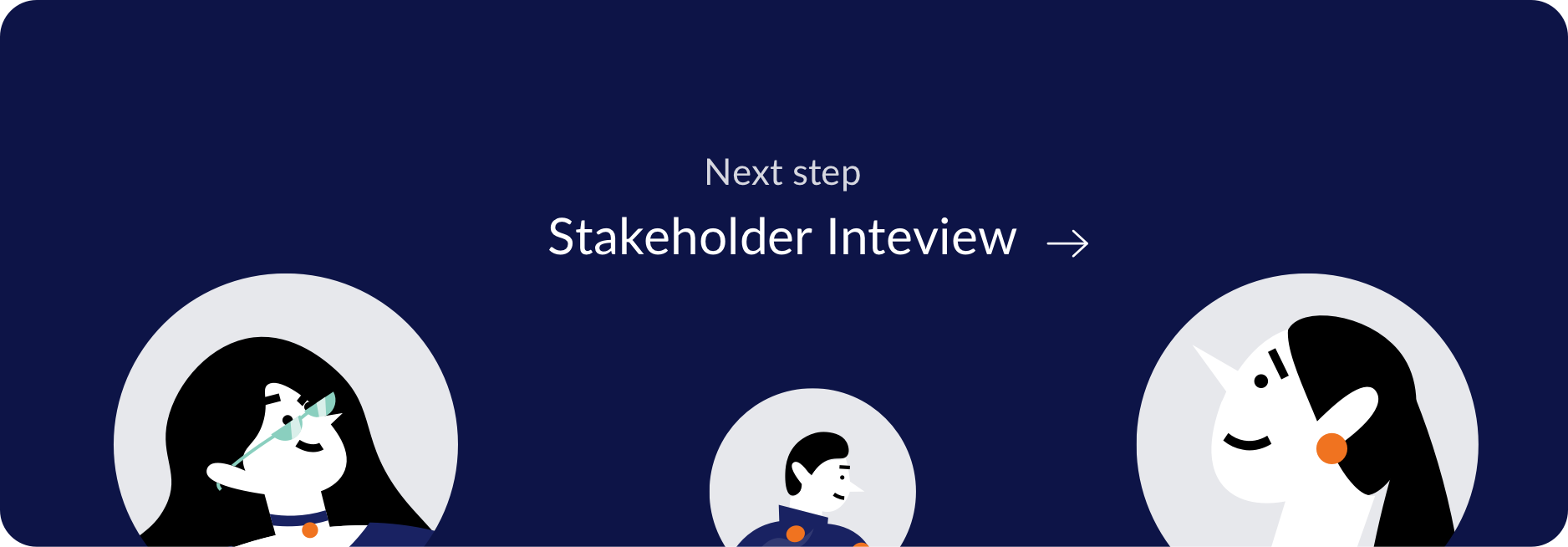Whether you are a designer, developer, or a team manager, you know precisely how complicated new product ux process is. For us, it was never only about creating visual and beautiful layout; it is primarily about users and their experience.
That’s why we’ve created the first interactive tool which moves weight from Design tools to Research tools so provides an in-depth knowledge of the client’s assumptions and perspective.
We based our tool on the design thinking approach because it optimizes the work of the entire project team and minimizes the risk of making improper design decisions.
Talebook process goals
Build common ground with the client
One of the most common misconceptions between product founders and product executors is the conflicting goals of both parties. The Talebook process involves conducting interviews with your client so that your design can meet their expectations.
Use stakeholders’s time effectively
By acquiring detailed information, you can proceed to the exploration phase without the client’s participation; therefore you can save their valuable time. Talebook process allows your client to observe the progress of your work without a packed calendar, especially if we compare our method to traditional workshop methods that require full-time involvement.
Test ideas quickly
In contrast to the waterfall workflow where ideas are tested at the development stage, in the Talebook process, we examine the idea at the prototype stage. This protects us from putting the work into the design that doesn’t appeal to the client. With the Talebook methods, you can consult further product changes. After this, the client can afford a quick sign-off, and leave the project in your hands, staying calm about the result.
Process Chapters
Talebook consist of 3 phases.
Phase 1 – Discovery
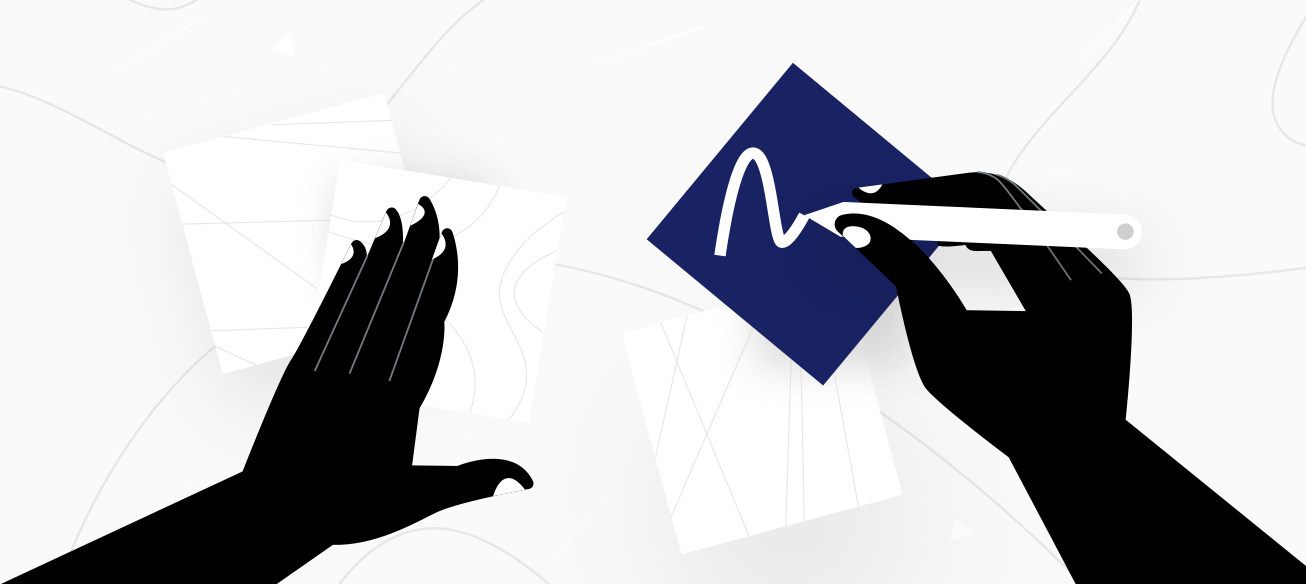
In the first phase of the Talebook process, you will get to know the client’s assumptions, business limitations, and goals. You’ll also get idea of the target user needs and competitive landscape. This phase is about deepening your knowledge and gaining insights.
Phase 2 – Analyze data
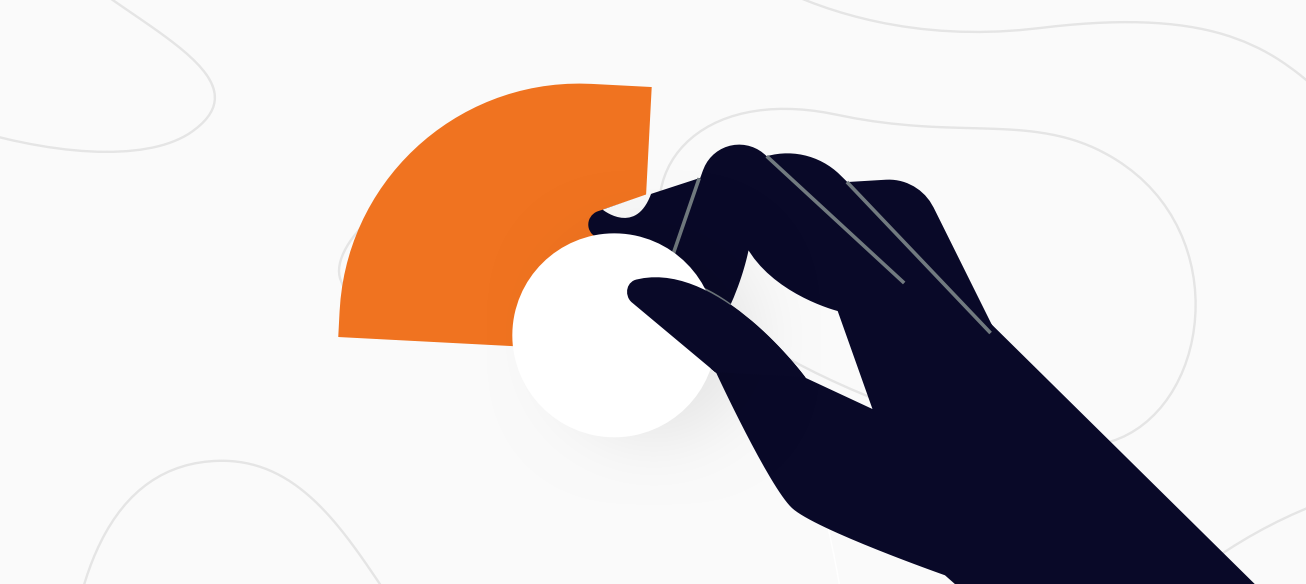
Turn gathered information into actions. Explore in more detail your findings and aim to identify patterns. Think about the specification of the target group and how your product may affect them. At this stage, the most important thing is to define the problems and to brainstorm potential solutions.
Phase 3 – Prototype
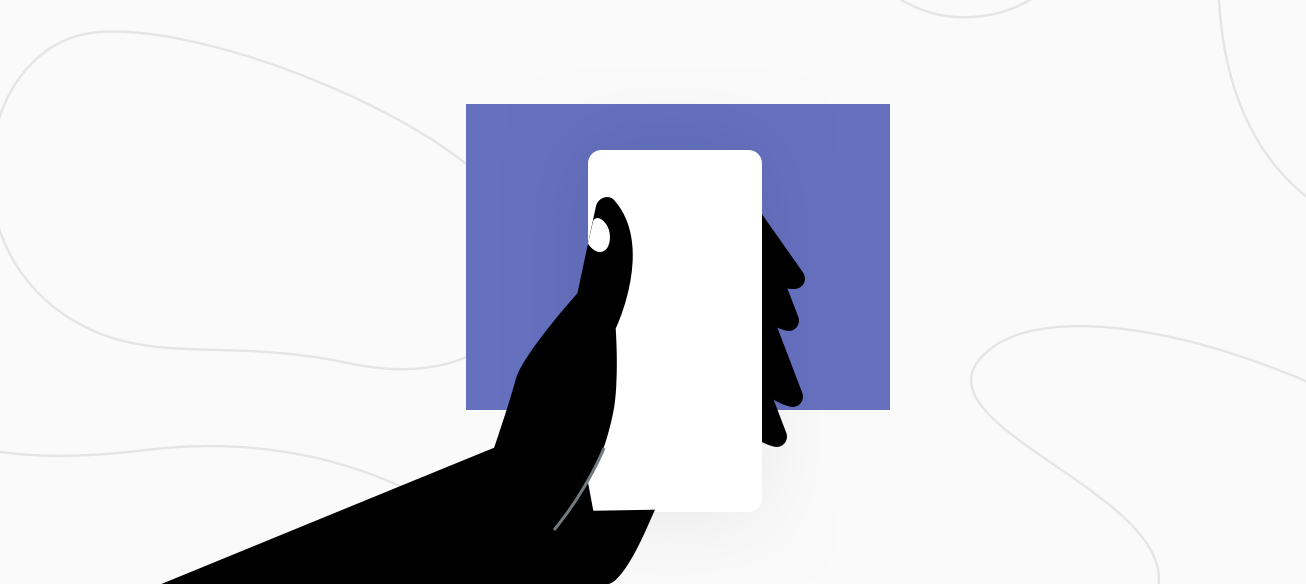
Build your prototypes quickly, learn from them, and iterate. Testing prototypes is the most effective way to define your product, so take a few sketches to see your ideas come alive. It’s a simple and cheap way to test your product without putting too much effort. Gather feedback from 3-5 people and take your prototype to another level. Take advantage of the possibility of connecting the Talebook with your InVision/Marvel prototype.
Results
By using the Talebook new product ux process to build a new digital product, you end up with an interactive prototype that resembles an application responding to the needs of specific users. You can share your interactive MVP prototype and a report (including process documentation) with the client. Such a way to build a digital product optimizes your work and gives your client a chance to be involved in decision-making.



